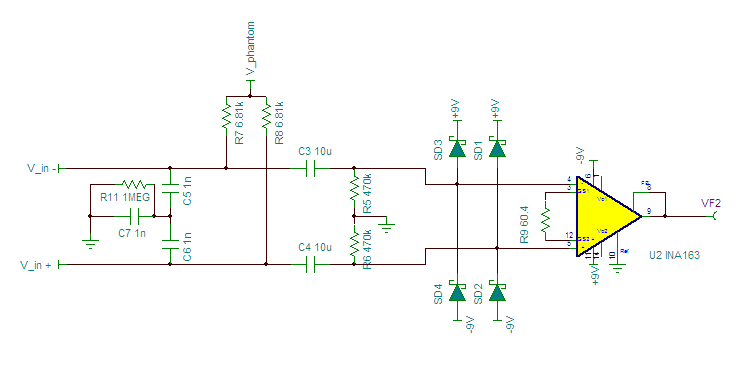Other Parts Discussed in Thread: TINA-TI
Hai,
I have developed a six channel mixer circuit, I got an small issue in this, I need a high gain and low noise op-amp , i have selected INA163 ic as a pre-amplifier. Can any one provide me circuit for pre-amplifier using INA163 ic. Such that it reduces the noise and gives the perfect mixer output.
Thanks & Regards,
Prasad.




